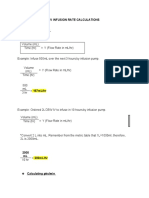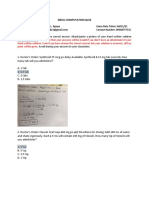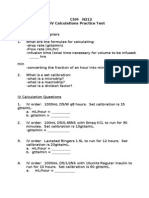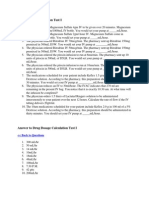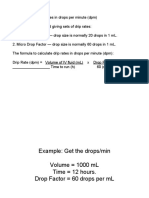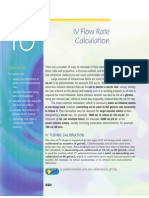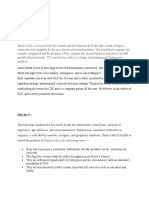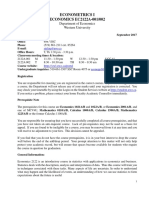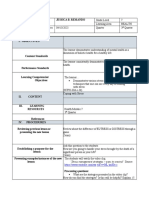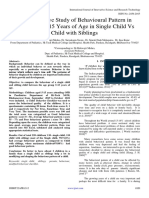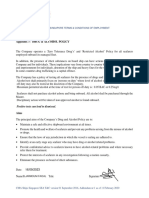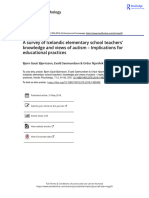100% found this document useful (1 vote)
1K views21 pagesIVF Computation
The document provides information and examples for calculating intravenous fluid infusion rates in terms of drops per minute (gtts/min), milliliters per hour (mL/hr), and determining total infusion duration. Formulas are given for converting between volume, flow rate, and time to determine the appropriate settings for intravenous pumps. Worked examples are included to demonstrate calculating drip rates, flow rates, and infusion durations.
Uploaded by
Cutay Cristene Mae OrmidoCopyright
© © All Rights Reserved
We take content rights seriously. If you suspect this is your content, claim it here.
Available Formats
Download as PDF, TXT or read online on Scribd
100% found this document useful (1 vote)
1K views21 pagesIVF Computation
The document provides information and examples for calculating intravenous fluid infusion rates in terms of drops per minute (gtts/min), milliliters per hour (mL/hr), and determining total infusion duration. Formulas are given for converting between volume, flow rate, and time to determine the appropriate settings for intravenous pumps. Worked examples are included to demonstrate calculating drip rates, flow rates, and infusion durations.
Uploaded by
Cutay Cristene Mae OrmidoCopyright
© © All Rights Reserved
We take content rights seriously. If you suspect this is your content, claim it here.
Available Formats
Download as PDF, TXT or read online on Scribd
/ 21

